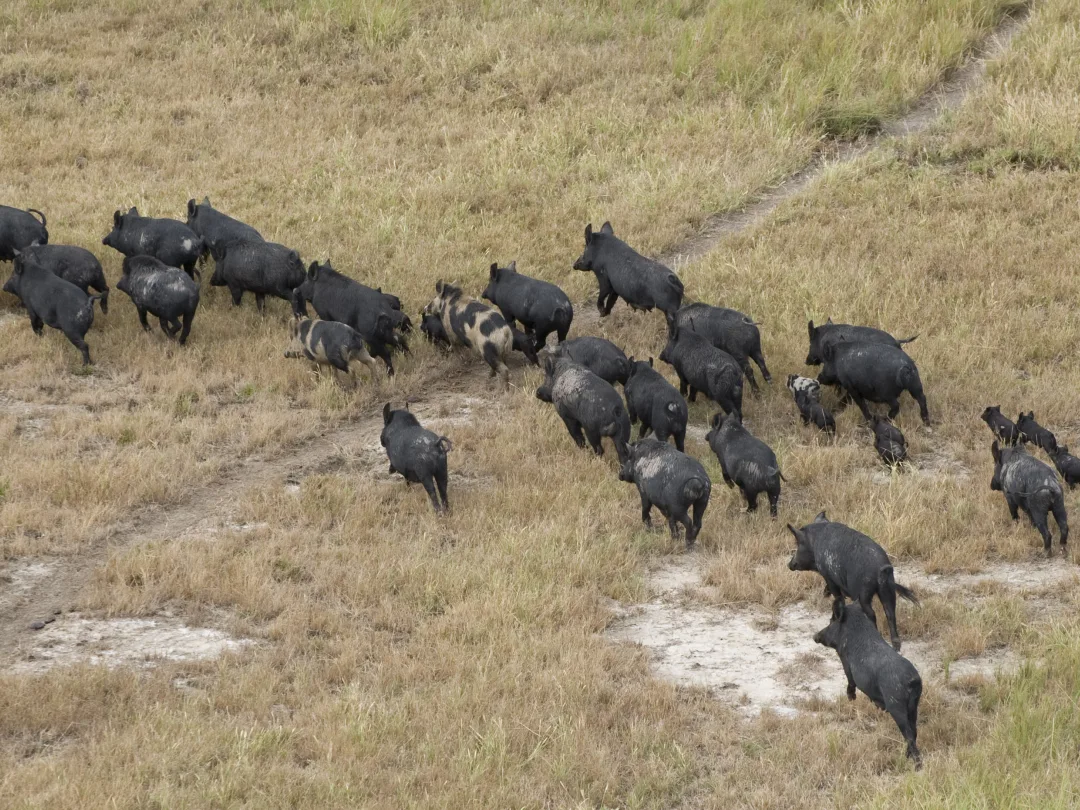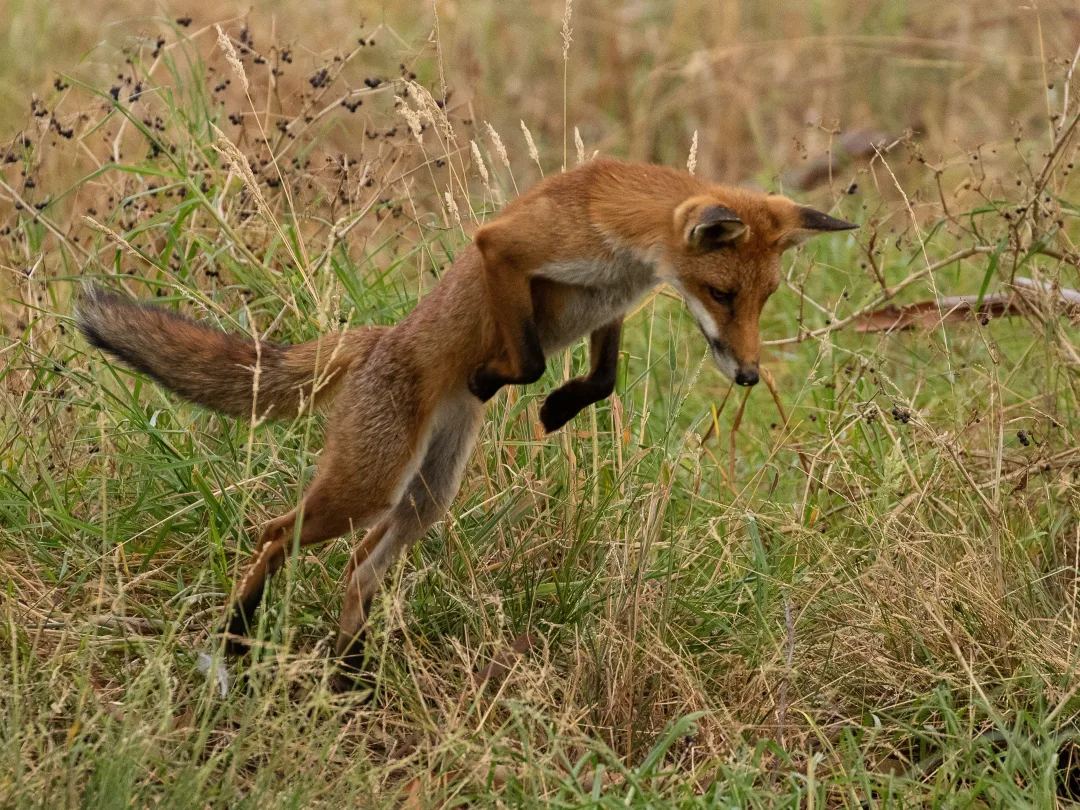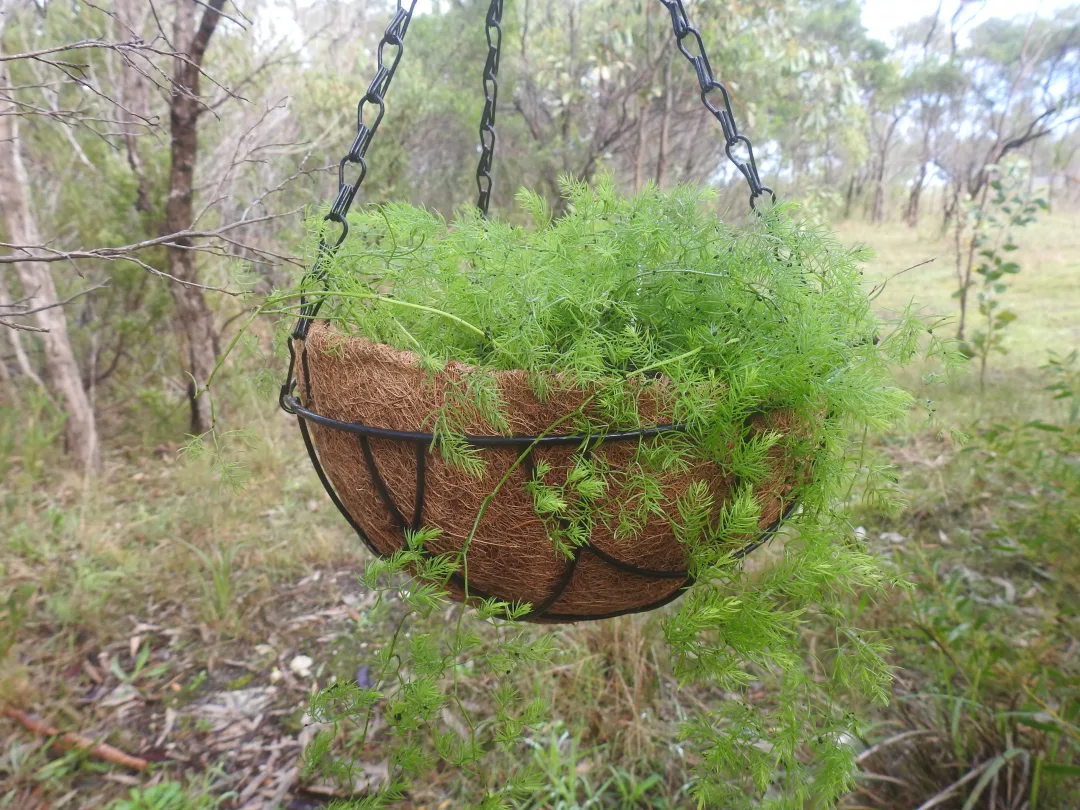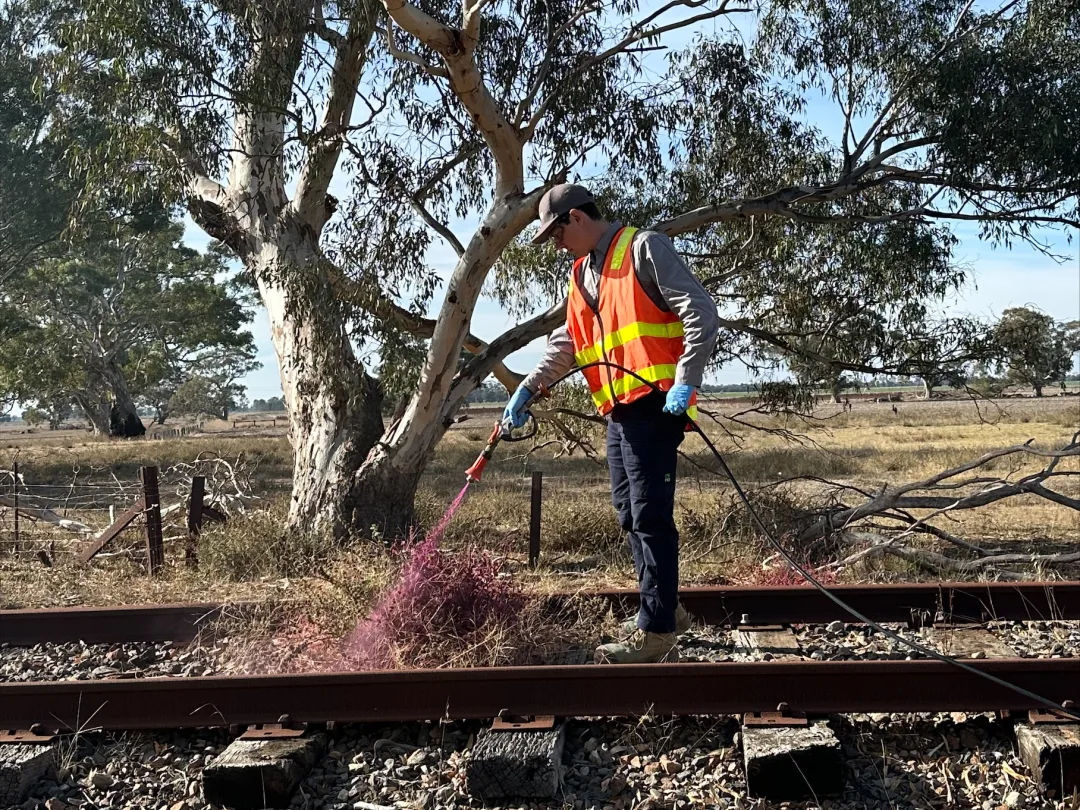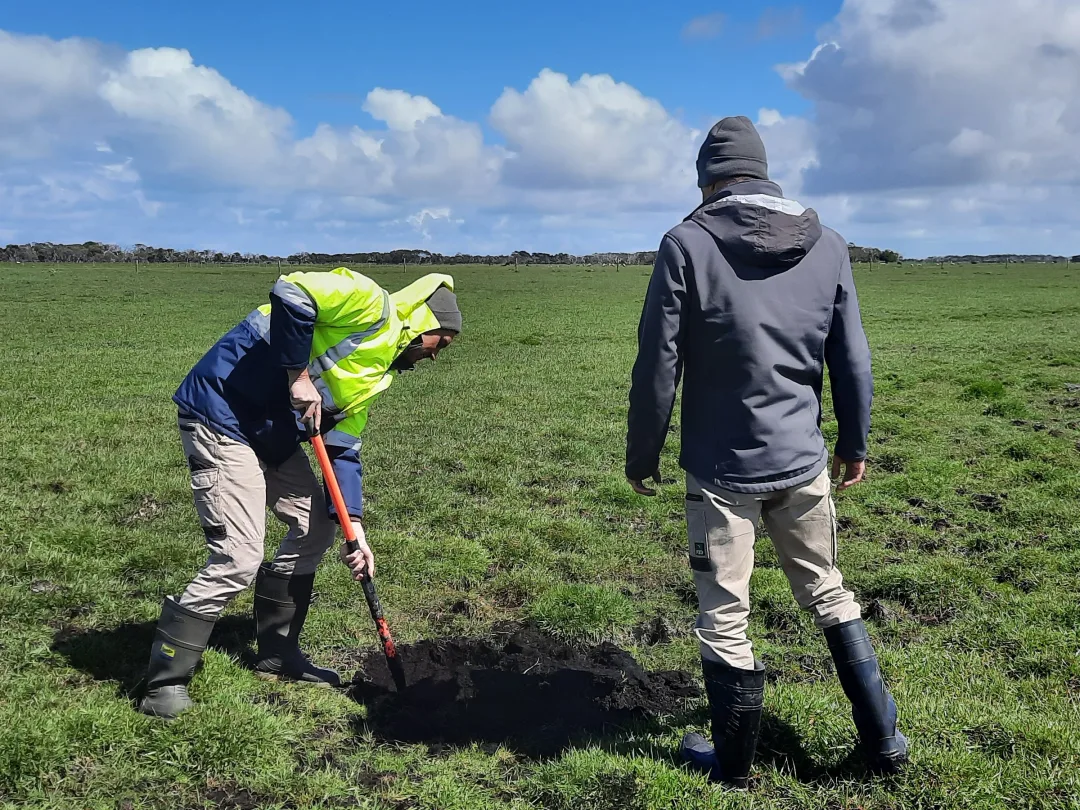Roadsides can act as corridors for the spread of weeds and pest animals
Roadsides often hold some of the last local remnant bushland in an area. Unfortunately, they also act as corridors for the spread of pests. This causes a significant threat to primary production, our community and native vegetation.
By working together, we can control weeds and pest animals and protect our region.
The importance of working together to manage pests on roadside
We all have a role to play in protecting our region from the impact of declared weeds and pest animals.
If your property adjoins a roadside, it is important we work together to effectively manage declared weeds and pest animals.
As soon as you are aware of declared weeds or pest animals on your property adjoining a roadside or on the roadside itself you should talk to your local Landscape Officers. They will then work with you to manage the incursion.
The roadside is the area between the shoulder of the road and the boundary of the adjoining property.
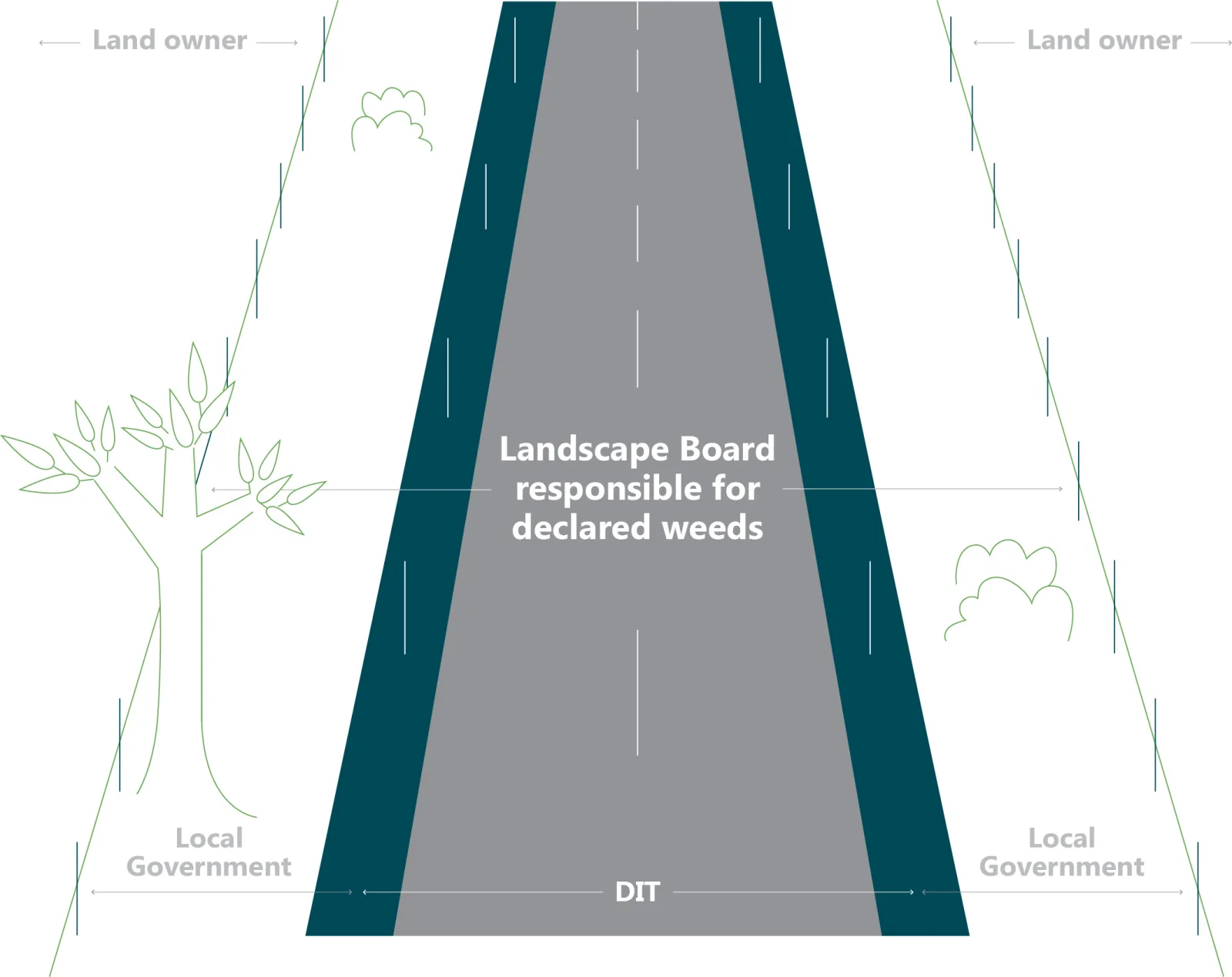
Managing declared weeds and pest animals on roadsides adjoining your property
If a roadside and adjoining paddocks have a weed or pest animal infestation it is important both are treated. Managing weeds and pest animals on your property and on roadsides ensures the effectiveness of the control efforts.
You can manage declared weeds and pest animals on the roadside by doing the work yourself or by using a contractor. Before doing so, you must get the consent of the road manager such as your local council or the Department of Infrastructure and Transport (DIT).
Any control work undertaken must also comply with other regulatory requirements such as public utilities.
We encourage you to take a proactive approach to declared weed and pest animal control, including on roadsides. Our local Landscape Officers can provide advice on the management of declared weeds or pest animals on roadsides in your area.
They can provide advice on the management of declared weeds or pest animals on roadsides in your area.
Find your local Landscape Officer
Understanding your responsibility for weeds and pest animals on roadsides
In South Australia, you are responsible for the management of declared weeds and pest animals on your property. The Limestone Coast Landscape Board is responsible for controlling declared weeds and pest animals on roadsides.
If landholders leave weeds uncontrolled in their paddocks along roadsides the Limestone Coast Landscape Board may consider recovering costs for controlling declared weeds and pest animals on the roadside. Your local Landscape Officers will work with you to the control the infestation before any cost recovery commences.
Recovering costs for controlling declared weeds and pest animals on roadsides is permitted under the Landscape South Australia Act 2019.
How the Limestone Coast Landscape Board manages pests on roadsides
There are over 9,000 km of roadside and over 150 declared weed species across the Limestone Coast. To maximise investment we take a strategic approach to managing roadside weeds and pest animals.
We invest regional landscape levy into the control and management of priority declared weeds and pest animals on roadsides. The potential threat of the weed and the Limestone Coast Pest Plant and Animal Strategy inform investment. The Limestone Coast Pest Plant and Animal Strategy was developed in consultation with landholders and the community.
Read the Pest Plant and Animal Strategy today [PDF, 1 MB]
Managing non-declared weeds and native vegetation on roadsides
Local councils are responsible for the management of all other vegetation (non-declared weeds and native vegetation) on all roadsides except state and national roads. On state and national roads, the Department of Infrastructure and Transport manage from the shoulder of the road to the white posts.
The management of native vegetation on roadsides is the responsibility of councils. They manage native vegetation in accordance with the Native Vegetation Act 1991. Activities such as revegetation and amenity planting, vegetation removal, firewood collection and the notification of dumping on roadsides must also be referred to your local council. Individual councils may have an endorsed Roadside Vegetation Management Plan that covers these activities.

